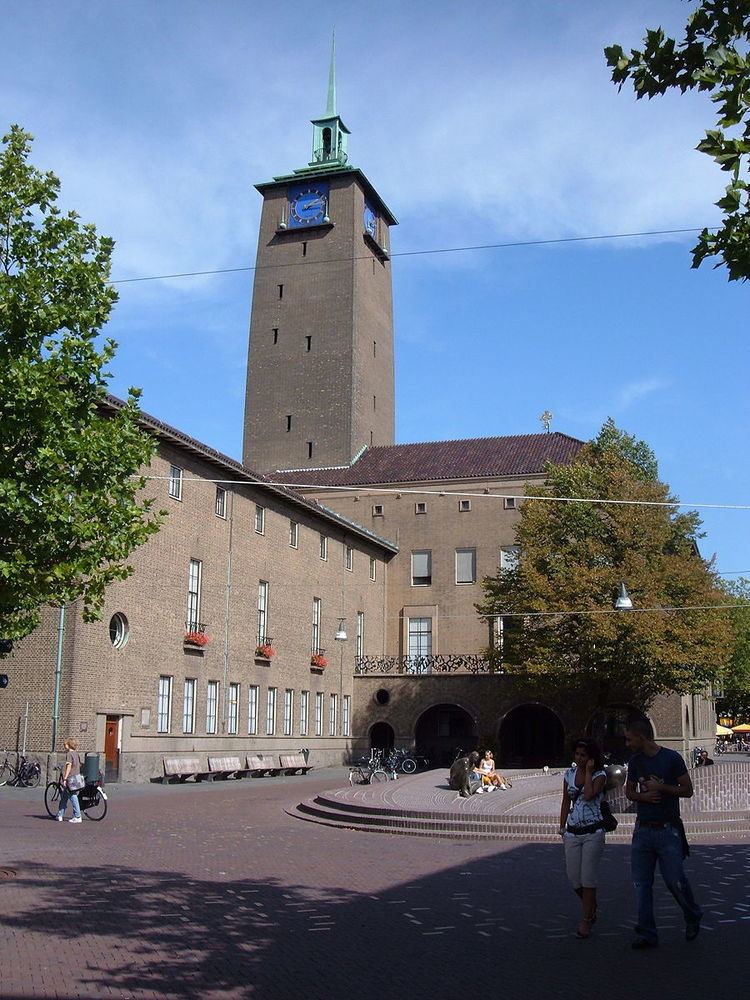 | ||
In Dutch architecture, the Traditionalist School (also Traditionalism) was a reaction against functionalism as well as the expressionism of the Amsterdam School, and meant a revival of rural and national architectural styles and traditions, with tidy, visible brickwork, minimal decoration and "honest" (that is, traditional and natural) materials.
Contents
It occurred after the First World War and at its center was, as it was called after 1945, the Delft School, led by Marinus Jan Granpré Molière, professor at the Technical University in Delft from 1924 until 1953. Traditionalism can be seen in many ways as a direct successor to Berlage-type Rationalism.
It was highly influential on church design up after 1945, especially in catholic architecture but gaining influence as well on Protestant architecture just before World War Two, especially on architects like Berend Tobia Boeyinga and Egbert Reitsma. During the reconstruction after the war, its influence on secular architecture reached a peak while its importance for church architecture slowly vanished.
